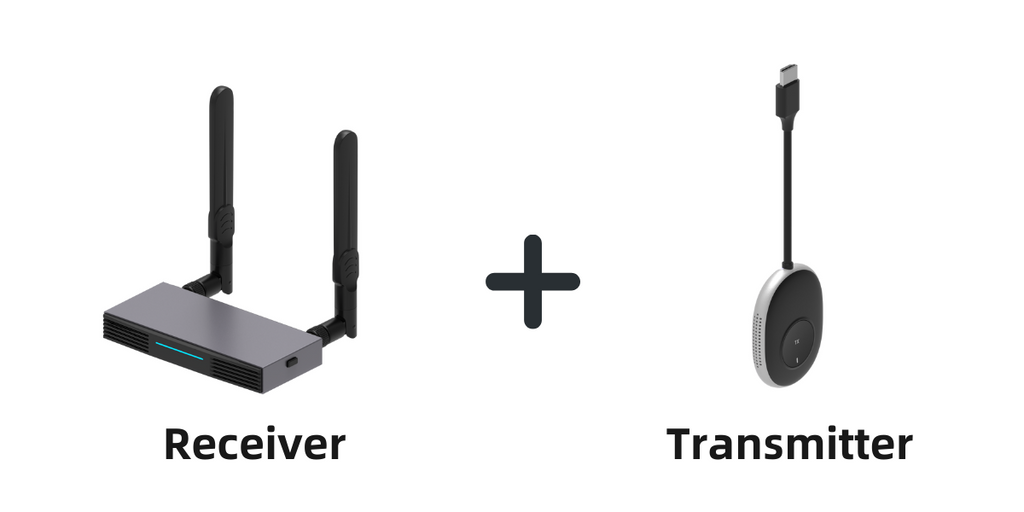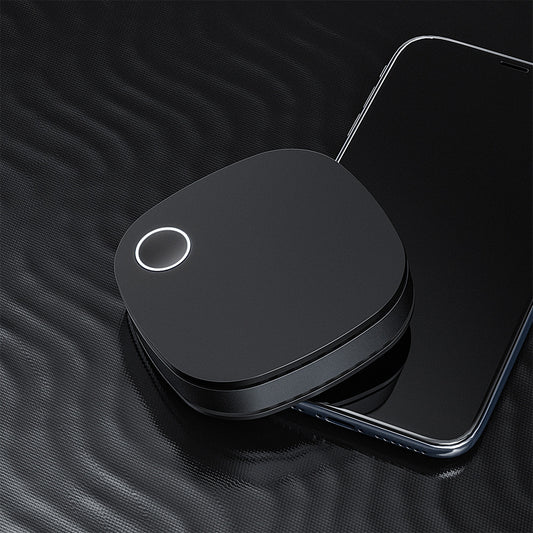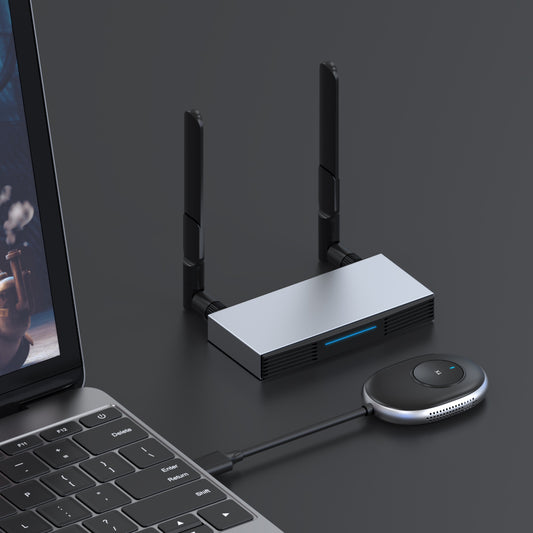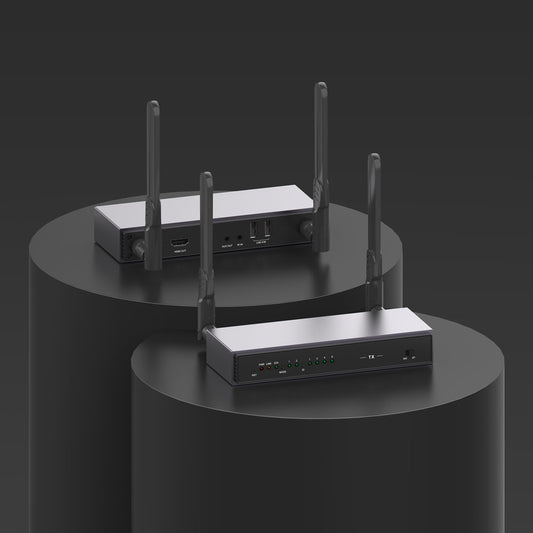
HDMI Extender: Its Benefits And How It Works?
Even if they are available, long HDMI cables might be hard to locate. Thus HDMI extenders are utilized to transmit the data over Ethernet instead. It extends the signals, as suggested by its name (also known as Balun). Two components make up an extender:
1) Transmitter. 2) Receiver
1) Transmitter: A transmitter is an apparatus that transmits signals to a receiver. The signal is transmitted to the receiver via the CAT ports when the HDMI cable is connected to the transmitter's HDMI input.
2) Receiver: The signals are transported from the transmitter through CAT cables to the receiver, which picks them up and displays them on the output devices.
The primary function of HDMI Extenders is to extend the signals over small distances so that we can see content from various locations.

Why you need HDMI extenders
Using HDMI extenders, you may expand the distance between your television and any other HDMI-compatible device. You'll probably see a port that resembles a USB connector on the back of your television. Your HDMI cable connects to any necessary devices, including satellite receivers, Blu-ray DVD players, and other devices, at this point.
Because HDMI is a digital standard, the picture quality does not decrease with increasing cable lengths the way analogue signals do. Analogue signals gradually lose quality as lengths grow.
Instead, the lengthening causes problems, such as some information being lost, for a digital signal like HDMI. Digital signals frequently work for a while before abruptly ceasing to function as the duration or signal strength decreases.
The handshake mechanism for HDMI can become unstable over lengths of 40 feet or greater, which causes the signal to stutter, etc.
It is crucial to check that lengthy leads adhere to the Compliance Test Standards set out by HDMI Licensing, LLC, before purchasing them. Check all of the details before purchasing rather than choosing the less expensive wires.
As a result, long leads are frequently inappropriate, necessitating the use of HDMI extenders.
How exactly does an HDMI extender operate?
The usual HDMI distance restriction is 50 feet. HDMI cables longer than 25 feet can be expensive and difficult to locate.
The HDMI extender consisting of a transmitter and receiver, is a format that converts HDMI signals into a high-bandwidth format that can transmit high-definition video over longer distances. They can also extend other communications, such as IR remote control commands, USB, and RS-232. The signals they set up are as stable and fast as HDMI lines. And there is a wireless connection between them, so you can no longer tolerate the limitations of the line.
Various HDMI extenders can be utilized in various locations depending on their requirements and have various functions.
Different transmission lengths and resolutions are supported by these extenders.
With HDMI extenders, it is a common rule that the video quality will decrease as the distance increases. As a result, we advise using only top-notch HDMI cables.
Conclusion
A few situations need the usage of HDMI extenders when using extended HDMI cables. They offer a suitable solution when longer runs are necessary and the overall image must be kept.
Before purchasing an HDMI extender, a straightforward HDMI cable should be sufficient if your run is 50 feet or less and you don't care about seeing the cords. An HDMI extension might be required for anything else. You can read this article further to select the appropriate HDMI extender: How To Choose The Right ProScreenCast TV Mirroring Device?








